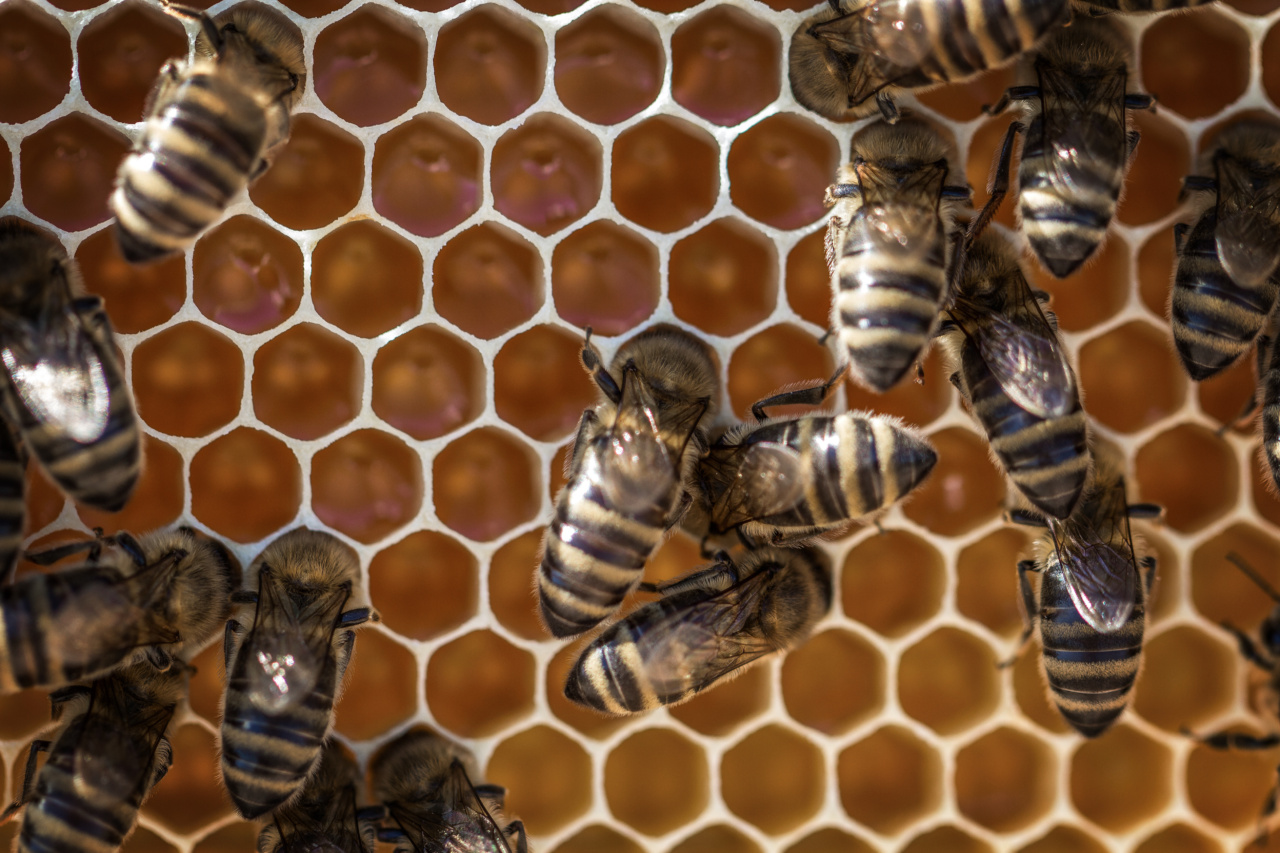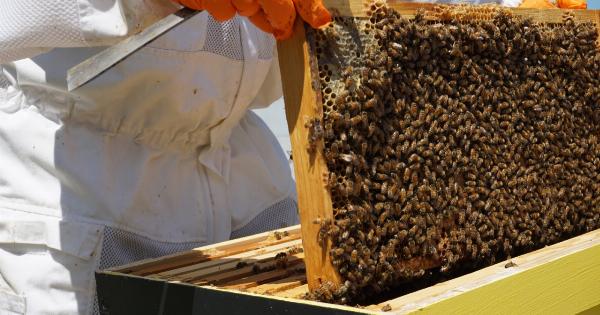Honey is a sweet and delicious food that has been enjoyed by humans for centuries. It is made by honeybees through the collection of nectar from flowers.
Bees then store the collected nectar in their hives, where it is transformed into honey through a process of enzymatic reactions. However, there is a phenomenon known as “modified pollen” that can sometimes make its way into honey. In this article, we will discuss what modified pollen is, how it can affect honey quality, and what it means for the beekeeping industry.
What is Modified Pollen?
Modified pollen refers to pollen that has been chemically modified due to exposure to herbicides and pesticides. These chemicals can affect the chemical makeup of pollen, altering its nutritional value and making it harmful to bees.
Modified pollen can enter hives through contaminated nectar, water, or air, and can become incorporated into the honey produced by the colony.
How Does Modified Pollen Affect Honey Quality?
Modified pollen can have a negative effect on honey quality. Since it is chemically altered, it is not as nutritious for bees as unmodified pollen.
This lack of proper nutrition can lead to weakened immune systems and increased susceptibility to diseases and pests, which can ultimately lead to colony collapse. Additionally, modified pollen can alter the flavor and aroma of honey, affecting its overall quality.
Regulatory Guidelines for Modified Pollen in Honey
In the United States, the Food and Drug Administration (FDA) has established guidelines for the tolerance levels of chemical contaminants in honey. These guidelines include limits on the amounts of pesticides and herbicides that can be present in honey.
However, the FDA does not specifically regulate modified pollen in honey at this time. This lack of regulation has raised concerns about the potential health effects of consuming honey that contains modified pollen.
Beekeeper Best Practices for Avoiding Modified Pollen
Beekeepers can take steps to avoid modified pollen from entering their hives and contaminating their honey.
This includes choosing beekeeping locations that are far away from areas with high pesticide and herbicide use, as well as avoiding the use of chemicals in and around beekeeping areas. Additionally, beekeepers can work with local farmers and community members to raise awareness about the harmful effects of pesticides on bees and to promote the use of natural pest control methods.
Conclusion
Modified pollen is a growing concern in the beekeeping industry, as it can have a negative impact on honey quality and bee health.
While regulatory guidelines for modified pollen in honey are currently lacking, beekeepers can take steps to prevent its contamination by being mindful of the location and environment in which they keep their hives. By working together with local farmers and communities, beekeepers can help promote natural pest control methods and healthier environments for bees to thrive in.































